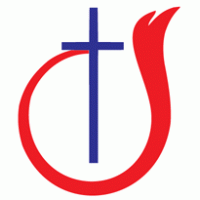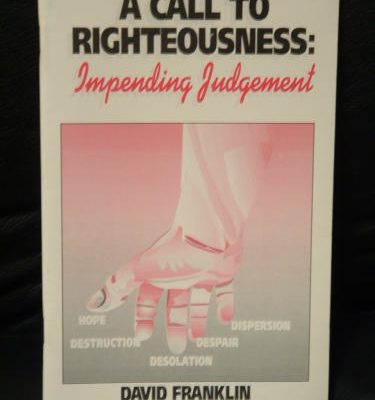Click to join the conversation with over 500,000 Pentecostal believers and scholars
| PentecostalTheology.com
The Church of God movement has evolved since it started in 1886. It began when former Baptist minister Richard Spurling and his son, Richard Green Spurling, rejected traditional Roman Catholic themes and formed a Christian Union. Their intention was to follow the New Testament, rooted in four foundational beliefs: unity, hope, doctrine, and charity.
Here are seven key events in the denomination’s evolution in the last century of the Church of God Movement :
1. In 1886, the Christian Union was organized, and R.G. Spurling was received as a member and ordained as a pastor by his father. In the next few months, Spurling set up other congregations in nearby counties. Later, Spurling bought a farm at Turtletown, Tennessee, and opened another church.
2. A.J. Tomlinson joined the Holiness Church in 1903 as the Church of God’s first general overseer. During his 40 years of leadership, according to Time, Tomlinson instituted a form of church government with an inclusive International General Assembly (1907), established a world evangelization effort starting in the Bahamas (1909), inaugurated the Church of God Evangel (1910), and helped create the movement’s first Bible School (1918).
3. At the second General Assembly in 1907, three events helped shape the movement going forward.
The movement officially adopted the name Church of God in 1907.
The ministers met privately in a “Preacher’s Conference,” which evolved into the International General Council by 1930.
The office of evangelist was instituted. Previously, they had been known as bishops or elders.
4. The Bible Training School (now Lee University) formed in Cleveland, Tennessee, in the upper room of the church’s publishing house. Minister Nora Chambers served as the first teacher to 12 students. The school grew and became Lee College in 1948, and eventually, a four-year liberal arts college. The university has an enrollment of about 5,000 students.
5. “The Lost Link” was published in 1920. Written by the elder Spurling, the book “speaks concerning the fall into apostasy of the Church established by Jesus Christ and of the rise of the dark ages,” according to the description on Amazon.com. The author’s purpose was to restore the Church of God of the Bible, and he also discusses the cause of denominationalism and division among churches and the call for Christian union.
6. A debate regarding sanctification — the act of being made or becoming holy — continued through the 1940s. In 1948, the General Assembly adopted a formal Declaration of Faith.
7. The “First Forward in Faith Radio Broadcast” aired in 1958. Like many religious organizations, the Church of God used the radio to spread their message.



Charles Page
The COG was a splinter group off the local Baptist Churches. They started an independent union of believers not happy with the direction of the Baptist churches. They maintained the Baptist eldership of Richard Spurling, Sr who exercised his authority as a Baptist elder to start a Christian Union and ordained his son to the pastorate, still a Baptist ordination in a new union.
Charles Page
In fact all associated Church of God congregations bear the succession of that Baptist ordination.
The Baptistic (anabaptist) succession was never connected to the Roman Catholics and the new union had no connection to RC.
Charles Page
When the Methodist got involved then there had to be a break with RC. The Methodist had not clearly abandoned RC, the Episcopal structure is a sister to RC structure.
In my opinion the Methodist brought about the Holiness COG movement. So much of Rome’s themes are embedded in our Holiness background.